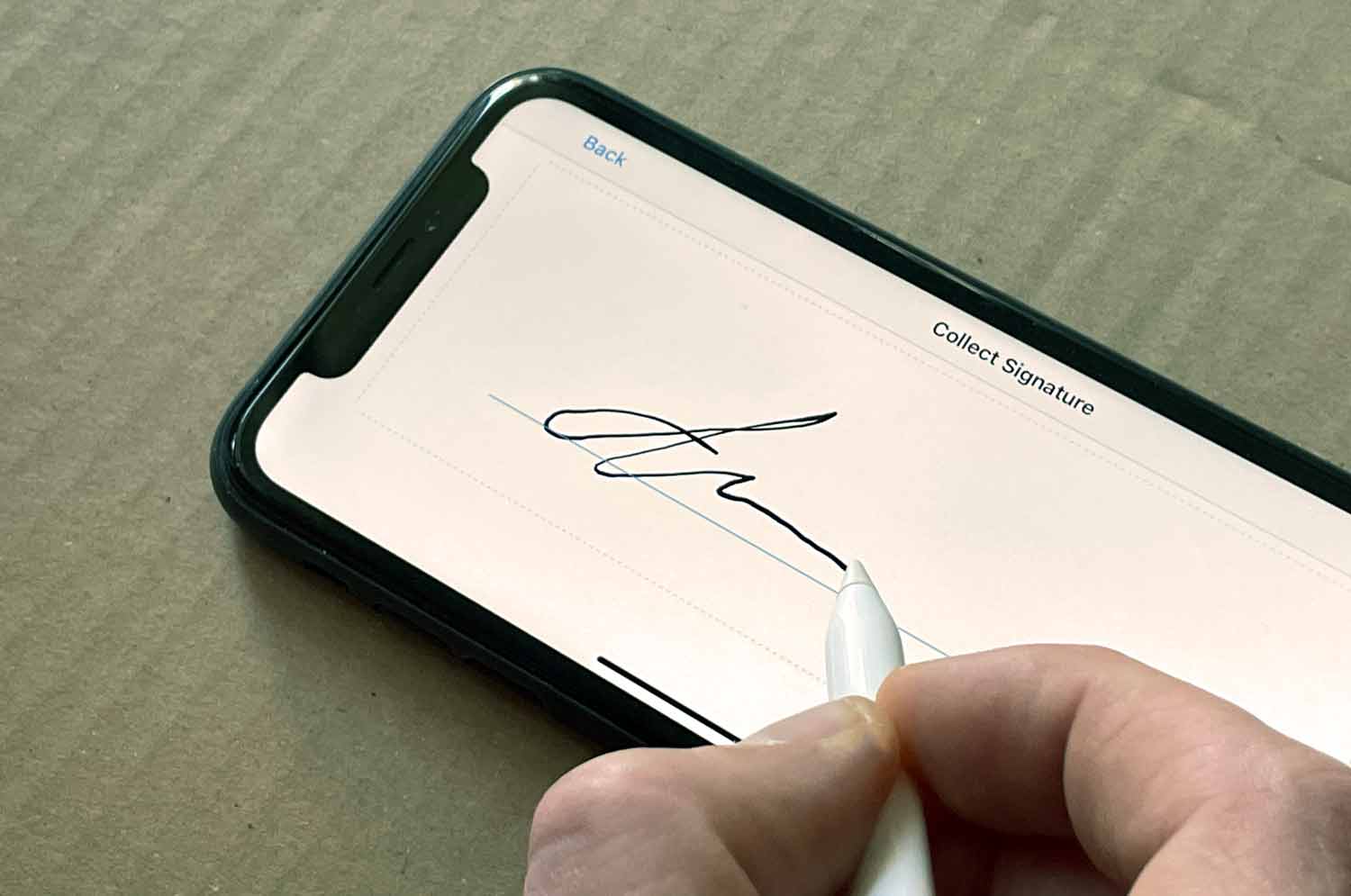Running a Successful Florist Business in 2024: A Complete Guide
9 min read

Whether it’s a simple accessory for a young person’s first prom or a romantic Valentine’s Day gesture, a floral arrangement never disappoints. And those bouquets are big business, with the floral industry generating more than $5 billion in revenue every year. With plenty of opportunities to break into the market and earn a profit, now is a great time to start a florist business.
Jump to the section that most interests you:
- How to Start a Florist Business in 5 Steps
- Expand the Reach of Your Florist Efforts by Offering Delivery
- Offer Reliable Delivery With Routing Software
- Delight Customers With 21st-Century Features
- FAQs About Starting a Florist Business
How to Start a Florist Business in 5 Steps
Starting a florist business begins with careful planning, and by marketing your floral abilities to win over customers, it will continue into the future.
1. Create a business plan
A good business plan contains important information about your business, such as the business name, operational practices, financial details, and long-term business goals. You’ll need to create a business plan, as it will act as your go-to guide for success. A few of the most important parts of your business plan will be:
- Executive Summary and Business Overview: These sections will name your business, explain how it operates, and define your business goals. You should also use these sections to outline what steps you plan on taking to reach those goals.
- Target Market and Summary of Services: In this part of your plan, you should outline who you hope your customers will be, as this will define what services you offer. For example, if you plan on selling flowers to funeral homes, you’ll need to offer large bouquets with traditional funeral flowers like lilies.
- Financial Analysis: You also need to plan for your financial wellbeing by including a detailed report on your financials. This includes how much you intend to charge for floral arrangements and any of your ideas to increase profits by growing your business.
2. Get funding
The startup costs for a florist business can cost anywhere between $10,000 and $50,000. You’ll need to get at least that much capital to get your business off the ground. And until you start to earn a profit, you’ll also need money to cover other costs associated with your business, such as vases and fresh-cut flowers.
If you don’t have these funds readily available, then you should either apply for a small business loan or seek out investors to support your business. Taking out a business loan will provide you with the money to start your business. But you’ll need to repay the loan, so make sure to carefully plan and prepare your financials to make sure you don’t miss a payment. If you aren’t sure you’ll be able to take out a loan, you can seek out investors to cover your startup costs. However, rather than repaying the loan, your investors may ask for shares of your business, which will give them control over the decision-making.
3. Find a location and suppliers
Where you open your flower shop has a big impact on your business. To select a location to base your business, you’ll need to consider the location’s proximity to your customers, its accessibility, and the cost to rent or buy the storefront.
Opening up a shop in a high-traffic shopping area like a mall or supermarket offers a great opportunity to generate new business by using window displays to showcase your floral arrangements. However, while these high-traffic storefronts are a great way to sell your flowers, they often come at a higher price. Setting up shop in a less-trafficked area means not as many passersby will see your floral displays. So while you’ll save money on rent, you may have to invest more heavily in marketing to promote your business.
You’ll also need to find suppliers to provide the flowers for your arrangements. You may look for a reputable grower in your local area who can provide beautiful flowers directly to your shop. But if local growers aren’t able to provide the type or quantity of flowers you need, you may need to turn to online flower suppliers like Florabundance.
4. Purchase equipment
Along with the flowers, you’ll need the right tools to arrange them. You’ll need a variety of tools to cut, trim, and place florals into specific arrangements. Some of the tools you’ll need include:
- Floral knife
- Branch cutters
- Pruning shears
- Thorn strippers
- Floral cages
- Floral foam
- Floral wire
You’ll also need gloves to protect your hands while you work and vases to hold the finished arrangements. You can also invest in additional accessories like ribbons to enhance your bouquets.
5. Market your business
Once you’re open for business, you’ll need to start marketing your floral shop to attract customers. Start by creating a marketing strategy that you can use to guide your efforts. Your marketing strategy should contain specific goals that you can track, like increasing sales by 20%. It should also contain the tactics you’ll use to reach those goals, such as creating a Google My Business profile, building a social media presence, and promoting positive customer reviews on your website.
To maximize your marketing efforts, make sure you take high-quality photos of your flower arrangements. High-quality photos will not only showcase the beauty of your arrangements, but they will also make your brand look more expensive and luxurious. Along with traditional marketing materials like advertisements, you can use these images to enhance your Google My Business profile and social media accounts.
Expand the Reach of Your Florist Efforts by Offering Delivery

Offering online delivery is the best way to reach your customers because 97% of shoppers use the internet to find local businesses. Once a potential customer has located your business online, they will want to order flowers right away, and offering delivery services allows you to get their order to them quickly. These quick sales don’t require any additional marketing on your end, and in addition to boosting sales, they also save your business money by reducing floral losses.
Once cut and put into an arrangement, florals have a short lifespan. This means that only about half of the average florist’s flowers survive long enough to sell. As flower shortages lead to higher prices for florist shops, these unsold flowers become increasingly costly. You can minimize this risk for your business by offering flower deliveries.
Offer Reliable Delivery With Routing Software
Planning delivery routes can be difficult and time-consuming. It requires dispatchers to consider a variety of factors, including how many deliveries there are to complete, during what time slot, and which team members are available to complete them. Manual planning quickly becomes impossible to do accurately if you have more than a handful of deliveries. A routing tool automates the process of scheduling, planning, and creating routes focused on last mile delivery best practices. This helps your floral business in a few ways:
- Saves time by streamlining planning, scheduling, and delivery notifications
- Makes deliveries more efficient through route optimization
- Provides excellent customer service with 21st-century features
- Scales to meet seasonal demand fluctuations
Though they typically are open year-round, florist businesses operate as unique seasonal businesses. Rather than a traditional season that lasts a few months of the year, the peak “seasons” for florists include single, specific dates, like Easter and Mother’s Day. While a florist may sell and deliver 100 floral arrangements on a typical day, those delivery numbers can skyrocket into the thousands when special occasions like Valentine’s Day roll around. This presents a difficult challenge for flower delivery: florists must be able to scale delivery operations to meet these seasonal demand fluctuations. And they need routing software to do it. For example, by using OptimoRoute to streamline planning, Little Posy Co. was able to scale its operations to complete five times its normal number of flower deliveries on Valentine’s Day.
Delight Customers With 21st-Century Features
OptimoRoute allows you to work more efficiently by streamlining mobile workforce management. The system automates many of essential planning tasks, from generating employee schedules to building and optimizing delivery routes. It also offers a variety of features that help you improve the overall experience your customers have with your business, including sending proof of delivery and facilitating customer feedback.
Provide live ETA and real-time order tracking
Once a customer orders a floral arrangement from your business, they’ll likely be excited to receive the flowers with ample time to enjoy their beauty before the petals begin to fall off. You can put their minds at ease with customer notifications, letting them know their order is a top priority for you. Alternatively, if flowers are ordered for someone else, you arrange that the tracking notifications go to the purchaser, so they see exactly when their arrangement arrived to the recipient.
After you’ve confirmed their order, you can use OptimoRoute to automate notifications to update your customers with a text when their flower delivery is scheduled. And if a customer calls wondering what time the flowers will arrive, you can use the platform to see exactly where your delivery person is and give your customer an accurate answer to their question.
Proof of delivery
After your team delivers a floral arrangement, it will be important to track details like who signed for the delivery and if they were happy with their order. This kind of information is important because it lets you know how your delivery operations are working, but more importantly, it ensures that the customer has a positive experience with your business. OptimoRoute helps facilitate this with proof of delivery.

OptimoRoute allows your delivery team to collect customer signatures and take notes if anything out of the ordinary happened during the delivery. And if no one is available to receive a delivery, drivers can also take photos of completed deliveries – showing the arrangements and where it was left – and send this information to the customer to let them know everything went according to plan.
Customer feedback
As your business grows, it will be increasingly important to stay connected with your customers, so you can continue to thrive. Collecting customer feedback helps you do this as you hear directly from your customers what they like about your business and what they wish were different. OptimoRoute’s tracking link asks your customers for a rating and comment following service directly to your customers, making it easy to collect feedback.
Weekly planning
To maximize your profits, you’ll want to accommodate all of your customers’ flower orders, whether they walk into your shop to pick up a simple bouquet or order an arrangement weeks in advance. OptimoRoute can help there too. The system can easily update routes at the last minute if you receive an order on short notice, and will maintain all delivery deadlines. It also allows you to plan deliveries up to five weeks at a time, so your customers can plan ahead for anniversaries, birthdays, or any other special occasion. You’ll be able to accurately maintain all agreed delivery times and dates, while easily seeing what else you can fit in and where.
Sign-up for a free, 30-day trial to see how OptimoRoute simplifies flower delivery with just a few clicks.
FAQs About Starting a Florist Business
In this section, we’ll address a few of the most commonly asked questions about starting a floral business.
How much does it cost to start a florist business?
Starting a florist business can cost anywhere between $10,000 and $50,000. But the exact cost will vary depending on factors like how much it costs to rent a storefront in your town and what specific tools you need to buy to build your flower arrangements.
How profitable are florist businesses?
As an individual florist, you can make around $29,000 annually, according to the Bureau of Labor Statistics. However, expanding beyond work as a solo contractor into a full business can increase your profitability. Exactly how much money you’ll earn as a business owner can vary based on factors like how many floral arrangements you’re able to sell and what your overhead costs are, including the price of fresh flowers and the rent you pay for your storefront.
What licensing or registration do I need to start a florist business?
There are no licenses, permits, certifications, or degrees required to become a florist. This makes it relatively easy to start a flower business. However, in some states, retail florists may need to apply for a special business license to buy flowers for arrangements from certified growers or to sell flowers to customers. Contact your local labor authority to find out the specific requirements in your area.
Try OptimoRoute™ for Free
No installation or credit card required


